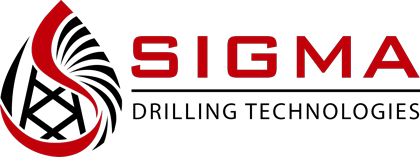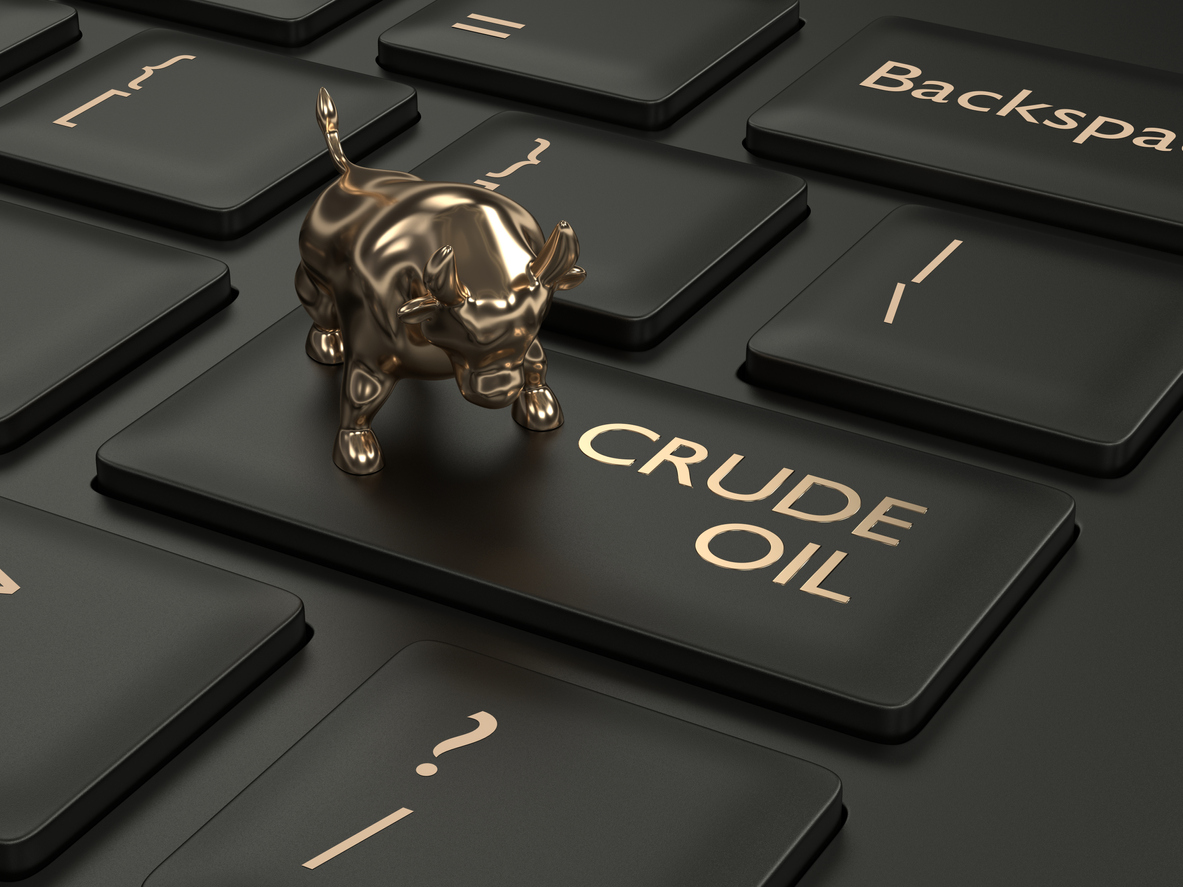Oil has been on a roller coaster ride since late 2018. While it touched highs of close to $77 in October, it fell to just above $42 a barrel in December. For the near future, there are three factors that offer plenty of reason to be bullish about this commodity. Prices over the next few months will probably stay well above $55 a barrel. Here’s why.
Reason #1: The Political Climate in the Middle East
When the U.S. moved to withdraw the exemptions granted to eight countries for the purchase of oil from Iran, it served to raise political tensions in the region. The fact that America and Iran have each called the other country’s armed forces “terrorists” has only escalated political uncertainty.
With further provocation from Iran appearing on the horizon, America recently sent a warship to the Persian Gulf. The Strait of Hormuz, a narrow sea passage in the Persian Gulf that Iran controls, has become an important point of contention, as well. Iran threatens to clamp down on all oil tanker traffic passing through the area, aiming to cripple oil exports from the region.
As the Middle East remains politically volatile, oil prices are heading to levels higher than recently seen. Should war break out between the U.S. and Iran, it would only tighten supplies and raise prices further. Saudi Arabia has already reported that its oil tankers in the Gulf region have been under attack.
Apprehensions of war have sent prices rising. In early May, the Brent index rose to a $9 premium. It reflects the political situation in Iran and the fact that OPEC members have cut production by more than a million barrels a day.
Reason #2: Refining Spreads
The trade war between the U.S. and China have dampened Chinese demand. Nevertheless, demand for crude products remains strong worldwide.
Crack spreads indicate demand for oil products in real-time. Since distillates such as gasoline are obtained from crude oil, a situation in which gasoline performs better on the markets than the crude that it is obtained from, indicates improved demand for petroleum products. As the price of crude rises, the prices of refined products have moved even higher.
Gasoline processing spread moved from a low of $12 a barrel in January to a high of $23 in May. In mid-May, crack spread traded at $22 a barrel, close to its recent highs. The recent increase in gasoline processing spread can be attributed to predictable spring and summer demand. Nevertheless, the robustness of gasoline prices has been a sign of strong demand.
Heating oil futures are often used as a reliable indicator of the way distillates, such as jet fuel, will perform. Usually, these distillates remain steady throughout the year, with little fluctuation in price from one season to another. Nevertheless, demand has been particularly robust ever since the month of December. Just before spring this year, heating oil crack spread was bought and sold at a cheap $21 a barrel. At the time, crude was just about a dollar higher than its trading levels at close of business the previous week. The same commodity was at over $24 by June, however. The fact that distillate prices have performed better than crude prices shows that demand is strong.
Reason #3: Price Momentum & Other Monthly Factors
While daily and weekly oil price charts have appeared to fall, the monthly charts seem to show that current prices at $60 a barrel could either rise or fall. Price momentum appears to be neutral. Nevertheless, high demand for oil and the situation in the Middle East seem to indicate that there will be no fall in prices in the foreseeable future.
There is some volatility expected in the markets in response to the trade dispute with China, and over apprehensions to do with the OPEC meeting due in June. Other than these factors, however, the markets are bullish on oil. If anything, Occidental’s purchase of Anadarko could create some upward volatility.
With oil expected to remain high, Sigma Drilling Technologies, the major manufacturer of suction dampener products and pulsation dampeners used by oil drillers, expects that operations will need to invest in dampener products and other maintenance efforts to continue to pump at ever-higher rates.




